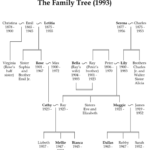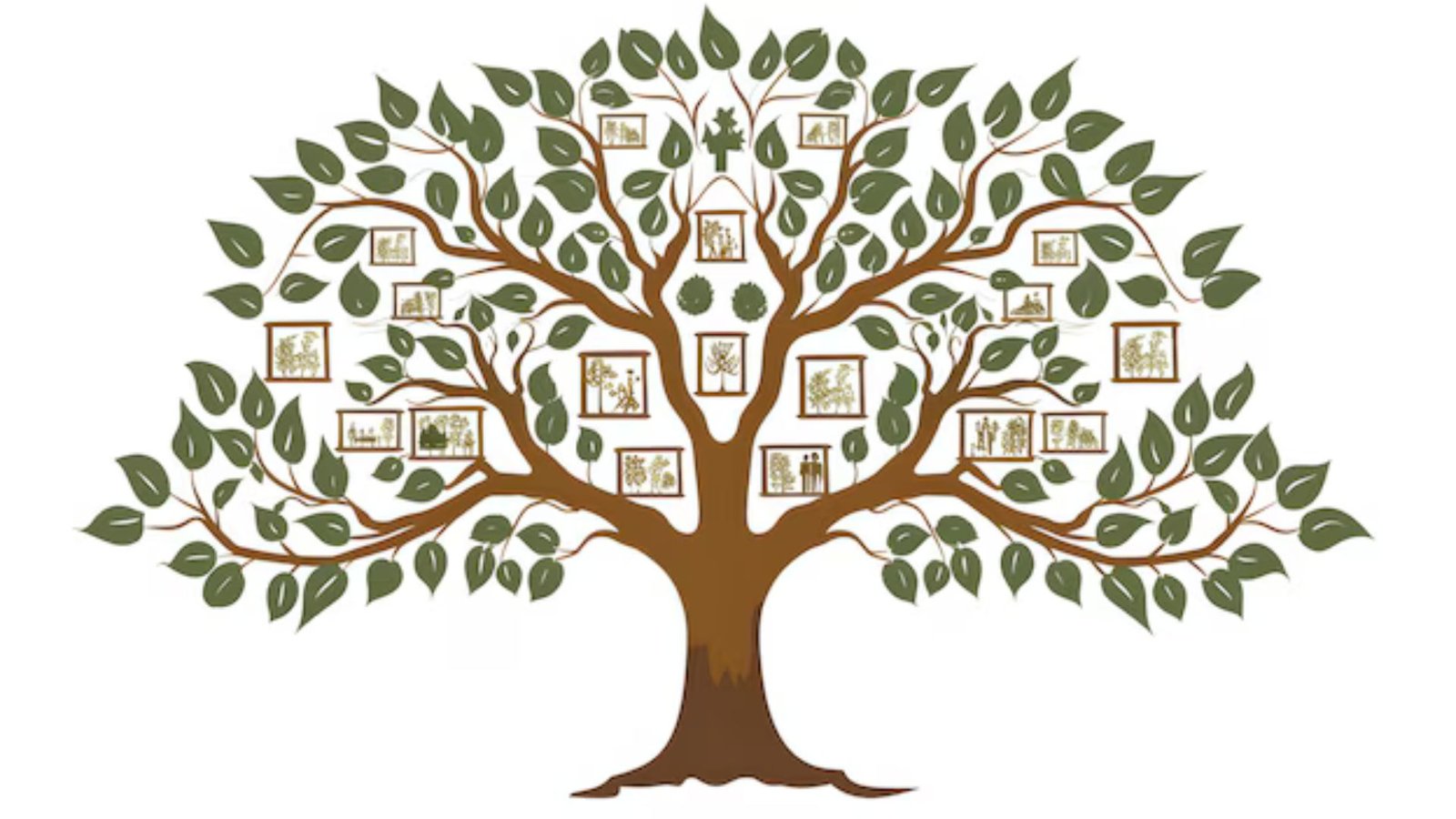Organizing family tree information can seem like a daunting task, but with the right approach, it becomes manageable. Whether you’re new to genealogy or already deep into your research, having a clear structure is essential. In this article, we will discuss simple and effective ways to organize family tree information for better tracking and research.

Start With A Solid Plan
Before you dive into gathering names, dates, and records, it’s crucial to have a plan. First, determine the scope of your family tree. Are you focusing on your immediate family, or do you want to trace your entire ancestry? By setting clear goals, you will know exactly where to start and how far to go. Furthermore, it’s helpful to prioritize key information such as birth dates, marriage records, and death certificates to ensure you’re covering the most vital aspects of your family history.
Use Digital Tools To Stay Organized
One of the easiest ways to organize family tree information is by using digital tools. Online genealogy platforms like Ancestry.com or MyHeritage allow you to create family trees and store information in a structured way. These platforms not only help you keep your family tree organized but also offer useful features like hints for connecting with other family members and genealogical records. Additionally, many tools allow you to upload and store documents, such as photographs and certificates, directly into your family tree, making everything accessible in one place.
Create Family Tree Charts
Creating family tree charts is a visual way to organize and display the information you’ve gathered. Start with a simple tree that shows your immediate family, then gradually expand it as you research further generations. Many online platforms offer pre-made templates for family tree charts, or you can use software like Microsoft Word or Excel to build one from scratch. These charts help you visualize connections and identify missing links in your research.
Categorize Information By Type
When you begin collecting family tree information, it’s helpful to categorize it by type. For example, group birth and death dates together, followed by marriage records and census information. This organization strategy makes it easier to find what you need and ensures you don’t overlook critical pieces of information. For example, if you’re looking for a specific relative’s birth date, having the information categorized will help you locate it quickly.
Label Everything Clearly
When you gather records, photographs, and documents, it’s essential to label everything clearly. Write down the names, dates, and other relevant details on each document or photograph to ensure you can remember its significance later. For instance, if you’re storing a family photo, write the names of the people in the picture and the date it was taken. This will help you stay organized and avoid confusion when you revisit the information in the future.
Use Cloud Storage For Easy Access
To further organize your family tree information, consider using cloud storage solutions like Google Drive or Dropbox. Storing your files online allows you to access your genealogy data from any device and share it with family members or researchers. By organizing your documents into folders (e.g., “Census Records,” “Birth Certificates”), you can quickly locate anything you need. Plus, cloud storage offers an extra layer of security, so you don’t risk losing important information.
Collaborate With Family Members
If you’re building a family tree together with relatives, collaboration is key. Use shared tools and platforms that allow multiple users to add, update, and edit family information. This can streamline the process, as other family members may have important records or insights you didn’t know about. Make sure to communicate regularly to ensure that everyone’s information is accurate and up-to-date.
Regularly Review and Update Your Family Tree
Genealogy research is an ongoing process. As you collect more information or discover new sources, it’s important to periodically review and update your family tree. Over time, you may find that details need to be corrected or new branches need to be added. Staying on top of updates ensures that your family tree remains accurate and organized for years to come.
Conclusion
In summary, organizing family tree information doesn’t have to be complicated. By using a combination of digital tools, creating charts, categorizing data, and collaborating with others, you can keep everything organized and accessible. Remember to label your documents clearly, store them securely in the cloud, and continuously update your family tree as you uncover new information. With these tips, you’ll be well on your way to building a well-organized family tree that you can proudly share with future generations.










